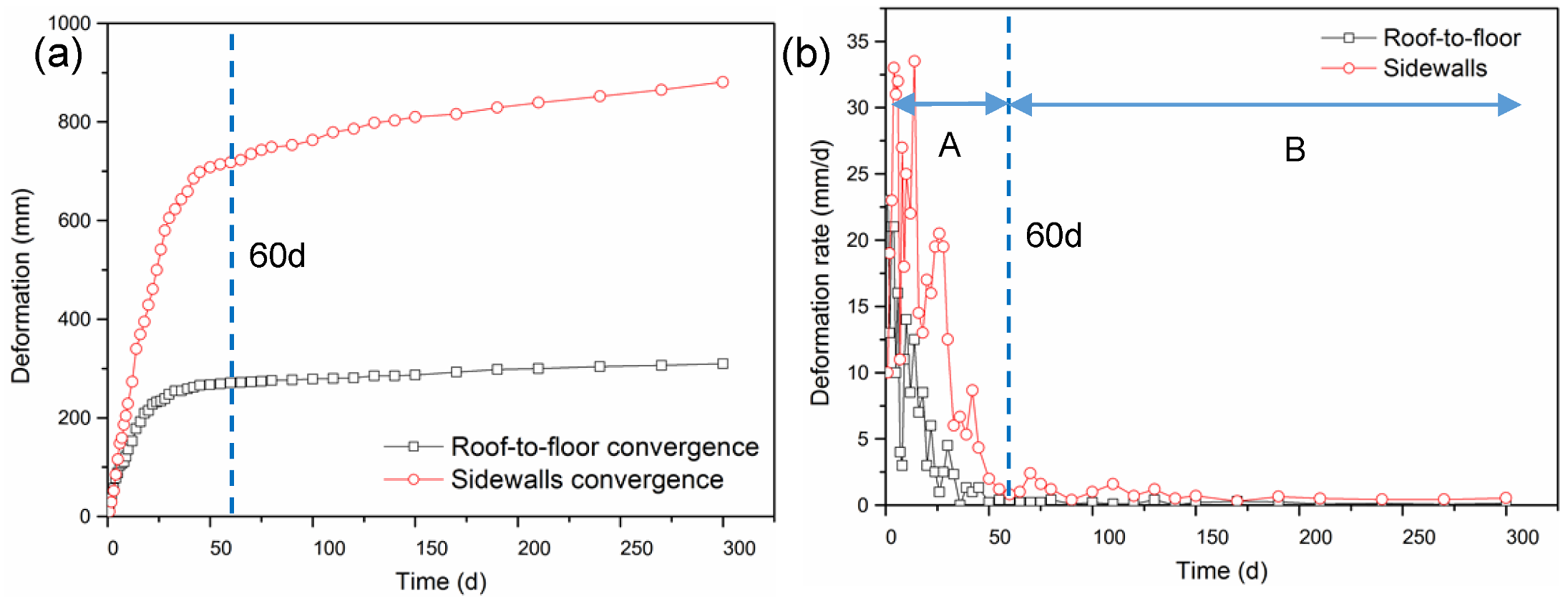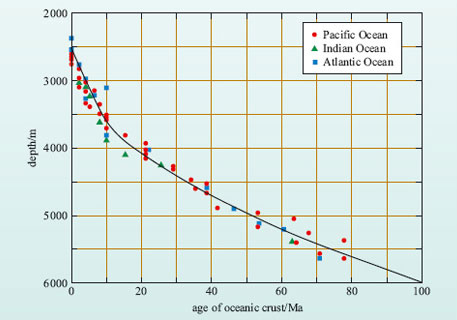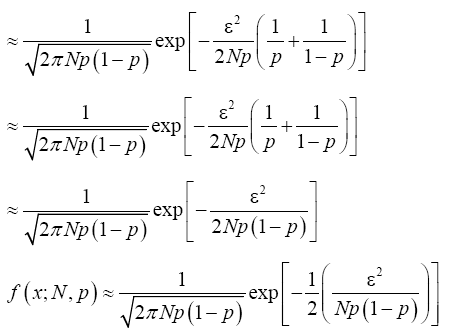Proving The Floor Function Converges To A Value

In both cases the series terms are zero in the limit as n goes to infinity yet only the second series converges.
Proving the floor function converges to a value. Notation to state that s n converges to 0 we write lim n 1 s n 0 or s n 0. The limit of a sequence is said to be the fundamental notion on which the whole of mathematical analysis ultimately rests. The ratio test and the root test are both based on comparison with a geometric series and as such they work in similar situations. If such a limit exists the sequence is called convergent.
N converges to 0 whenever the following hold. If r 1 then the series diverges. If r 1 then the series converges. The first series diverges.
Https goo gl jq8nys proving a sequence of functions converges uniformly f n x 1 1 x n advanced calculus proof. Please subscribe here thank you. But if you take the absolute value of it this is always just going to be positive. Where lim sup denotes the limit superior possibly.
So i thought about the ways how someone can proof that a function converges while there is no chance that he can guess the limit. If r 1 the root test is inconclusive and the series may converge or diverge. So this value is always going to be positive. It will be a couple of sections before we can prove this so at this point please believe this and know that you ll be able to prove the convergence of these two series in a couple of sections.
A sequence that does not converge is said to be divergent. Let be a series of continuous functions that uniformly converges to a function. Today i had the problem to proof the existence of a real valued function limit lim x rightarrow x 0 f x but there was no possibility to determine its value. A sequence of real valued functions is uniformly convergent if.
Now n is always going to be positive. Stack exchange network consists of 176 q a communities including stack overflow the largest most trusted online community for developers to learn share their knowledge and build their careers. In mathematics the limit of a sequence is the value that the terms of a sequence tend to and is often denoted using the symbol e g. N starts at 1 and goes to infinity.
If the limit exists it is the same value. There exists an n such that for all n n for any. So this is the same thing as 1 over n as the absolute value of 1 over n has to be less than epsilon. For all 0 there exists a real number n such that n n js nj.

















